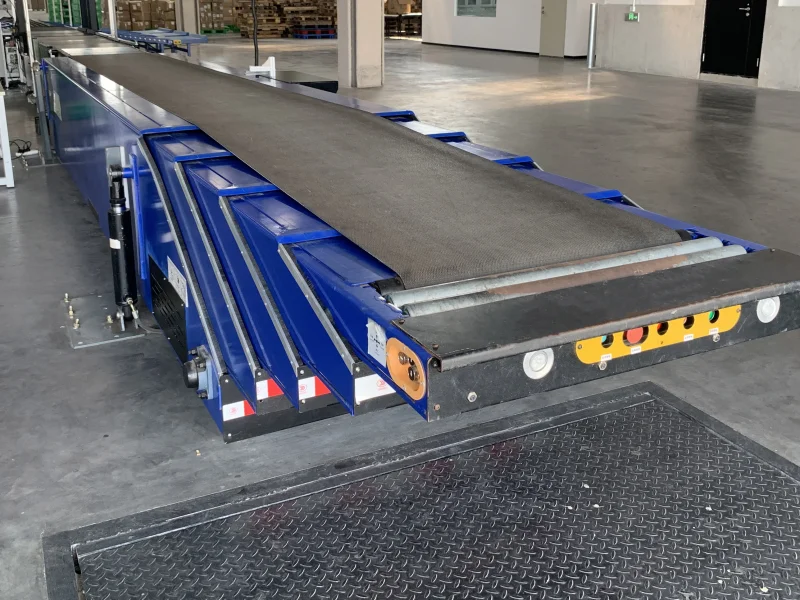
Material Classification and Conveying Application
In modern industrial production, conveyors and material sorting systems are essential, interdependent pieces of equipment that closely cooperate. Traditional manual operations are gradually failing to meet the demands of production lines, making intelligent collaborative operations an inevitable trend. This article explores the concept, technological applications, and benefits of collaborative operations between conveyors and material sorting systems, showcasing the enormous potential of intelligent operations for improving efficiency and reducing costs. Inbelts offer belt conveyor and roller conveyor system.
I. Concept and Application Background
1. Collaborative Operations Concept
Collaborative operations between conveyors and material sorting systems involve seamless integration through intelligent technology, creating an automated material transport and sorting process that boosts production efficiency and reduces the need for manual intervention.
2. Application Background
With the rise of digitalization and automation in industrial production, conveyors and material sorting systems have become core elements of modern production lines. Collaborative operations can optimize production processes, improving both production efficiency and quality.
II. Key Technologies for Collaborative Operations
- Intelligent Sensing Technology: High-precision sensors monitor the operational status of conveyors and material sorting systems in real-time, collecting data to provide key parameters for collaborative decision-making.
- Data Communication and Information Exchange: A data communication network between conveyors and material sorting systems facilitates information sharing and exchange, ensuring efficient collaborative operations.
- Control Algorithms and Decision Optimization: Advanced control algorithms and optimization models enable intelligent control of conveyors and sorting systems, enhancing operational efficiency and accuracy.
- Human-Machine Interface and Operational Visualization: User-friendly human-machine interfaces allow operational personnel to monitor and control the collaborative process in real time, increasing convenience and the level of visualization.
III. Benefits and Advantages of Collaborative Operations
- Increased Production Efficiency: Collaborative operations enable the automation and intelligent operation of conveyors and sorting systems, effectively reducing manual intervention and increasing production speed and efficiency.
- Reduced Labor Costs: Traditional manual operations require substantial human resources, while collaborative operations reduce the need for manual intervention, cutting labor costs and improving the economic benefits of production lines.
- Enhanced Operational Safety: Intelligent collaborative operations reduce the need for human involvement, lowering the risk of accidents caused by human error and enhancing safety and stability in operations.
- Optimized Production Processes: Tight collaboration between conveyors and material sorting systems optimizes production processes by reducing intermediate steps and energy consumption, thereby improving the overall efficiency and quality of the production line.
The realization of collaborative operations is an inevitable trend in the development of modern production lines. As essential production equipment, conveyors and material sorting systems play a critical role in intelligent collaborative operations. With the aid of technology, collaborative operations can achieve automated operation and intelligent control, significantly enhancing production efficiency, reducing costs, and optimizing production processes. In the future, as technology continues to evolve, collaboration between conveyors and material sorting systems will become even closer and more efficient. As artificial intelligence, the Internet of Things, and big data continue to advance, collaborative operations will become increasingly intelligent and automated, bringing greater competitive advantages and economic benefits to enterprises.


Leave Me Your Requirement!